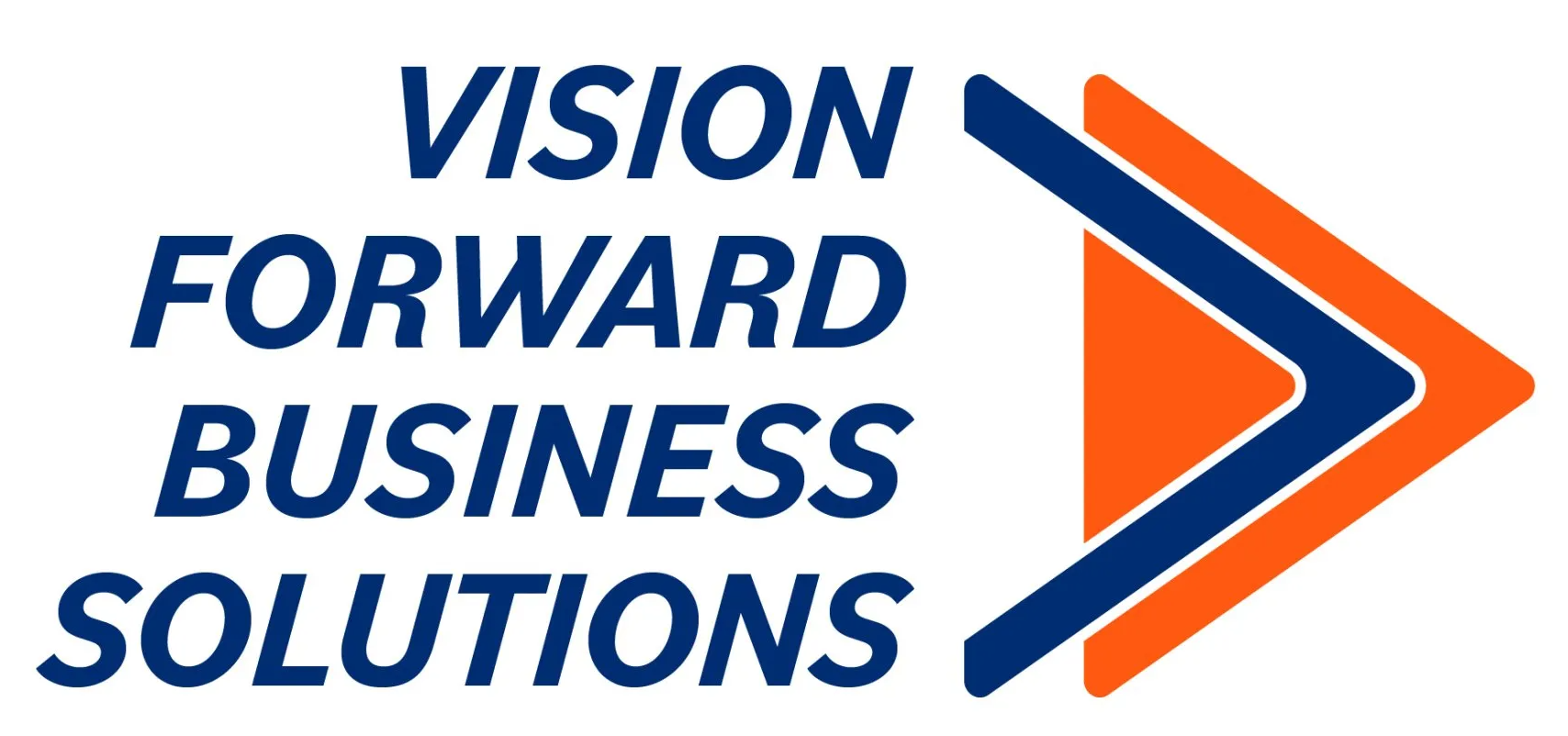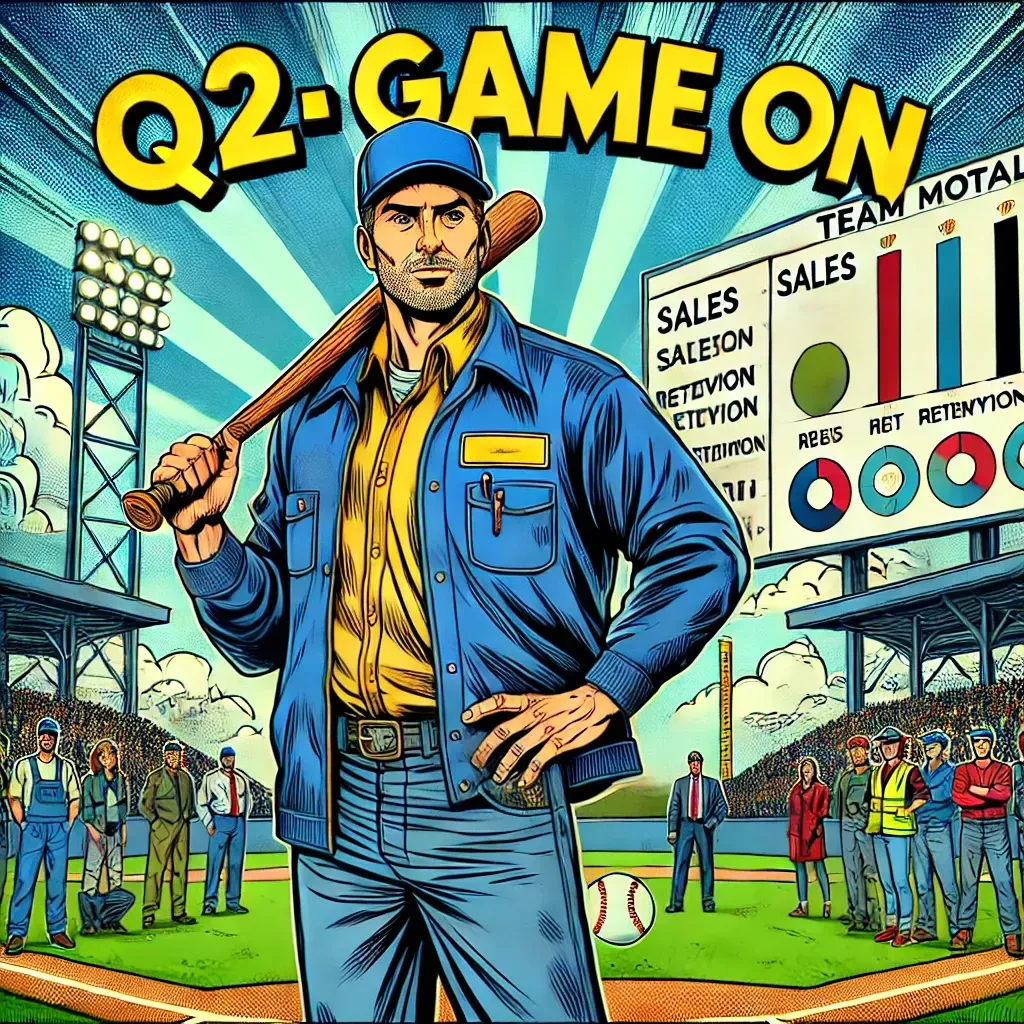Culture is a RESULT, just like profits!
April 1, 2020
Brad Herda
Companies have been spending thousands of staff hours and millions of dollars in pursuit of an organizational culture that retains and attracts talent and provides a workplace creating engaged employees. So how has that worked so far?
Culture is a result, just as profits are a result of revenues less expenses. You cannot just wake up one day and want a different culture. It will take the working hours, some dollars, and, most importantly, commitment. Like it or not, through every door your company has more than one culture. The Shop Floor is different from Sales, and Sales is different from Accounting, and so on. A question you need to answer is which is best, why, and are you willing to put in the work to have ONE culture?
As an example, I work part-time at a local sporting venue in the hospitality/food and beverage area. We have roughly 60 employees. In the two years working there, I have identified five different cultures based on the area of the venue people work. There are "standards" however, each area has created its own set of expectations, acceptance criteria and vocabulary. As I talk with others who have been in Food and Beverage much longer, the response is – “that is just the way the industry works." OMG, why! All these variations create tension, lack of teamwork, and erodes the guest experience, which is why we are employed, to begin with, I want to pull out what little hair I have left!
I understand I am not going to change an industry with this article. What I will accomplish is providing at least one leader insight into what steps are needed to begin creating a homogeneous culture that will allow him or her to experience something special. As Jeff Kerlin said at an event last month on culture, "Protect it at all costs." Once you have it, you must never allow it to go to autopilot.
Communicate, Communicate, Communicate
Communication is the lowest common denominator we have. What we typically do is push out what we want to say, and "ASSUME" everyone read or heard it, understood it, and is willing to accept your words. Guess what, it does not work like that. Your organization likely employs different generations (Boomers, Gen X, Millennials, and maybe Gen Z), all with different viewpoints. You may also have people from other neighboring communities. Example: When I started at Bucyrus in 2000, I lived on the northwest side of Milwaukee and commuted to South Milwaukee. At that time, the employee population lived within 5-8 miles of the plant. I was asked many times, why do you work way down here? I was an outsider to the 600 people that worked there, not because I was a new hire but because of where I lived. Leaders must broadcast the message every day in multiple platforms, in different ways, until every employee understands the message and can tell you the same message and meaning back in their own words.
Accountability-an obligation or willingness to accept responsibility or to account for one's actions.
Your communication has set expectations for all. Employees know what is expected in their job role and as a human being. Now the hard part, keeping everyone accountable. It is effortless to rationalize why you or someone has failed. People do not enjoy openly admitting they have failed. Part of the culture shift begins when people are willing to call themselves out for not holding up their end. Finding the opportunity to get better, deciding it is more important not to let the team down than to be the one to light the fire, let smolder, and then become the firefighter to save the day. You know it is working when employees call out the old behaviors, not getting personal or mean, sticking to what is essential to the company. When an organization gets to this point, it is MAGIC. From 2006-2009 I was part of a group of 30 or so leaders that went through some 300 hours of training. The 30 of us were able to call each other out. Others saw this, it became acceptable for all employees to do the same. We accomplished more in those 3 years than in my first six years with the company. Is accountability easy, no! Is it necessary to build an excellent culture, YES!
Lead by your actions-everybody is watching
I have been in too many organizations where leadership feels exempt from what is being implemented. They cannot be called out; they have double standards, or flat out ignore their initiatives. A death sentence of change. Leaders must be held to higher standards; they are in control of many family's well-being. When leaders set standards, conversations become more comfortable to have with those that do not live to the standards. If leaders begin to make excuses for other leaders, failure is in your future. Everyone is watching, talking at the water cooler, IM’ing, or Snap Chatting memes to each other about the double standards. Your biggest challenge, to not only get the leaders to lead, to have every employee lead as well.
If you envision a place of employment where everybody wants to come to work, perform to their best, and talk about how good they have it, these three simple and difficult steps need attention and implementation. Some go it alone, and many have outside support for this transformation. If you are looking for support, let's have a complementary consultation and learn together what path will work best for you.
Remember Culture is a RESULT!




